Problem
===========
When our high tech devices die, all or most of the resources and effort that went into their production are lost. Either they are buried in a landfill, or they are recycled. If they are recycled, usually the task is accomplished by melting the tech down to its constituent materials, discarding all that is then useless, and reselling the rest as raw material.
The impact this has on our world is awful. Many are working hard to make scalable technologies that will address this problem in the larger world. But I would like to develop technologies that address this problem on the scale of individual hackers and makers - the people who both use and develop the technologies that risk ending up as polluting waste.
Purpose
=======
The aim of this project is to develop a suite of tools that make it possible for individuals and organizations (like hackerspaces) to efficiently reuse high-tech in new creations without first spending energy to reduce them to raw materials and then send them through the production cycle again.
Included in this scope are tools and systems that:
Store arbitrary objects efficiently so that they can be called upon when needed
Automatically learn information about objects that they are exposed to in order to facilitate reuse
Make objects and the information connected to them available to wider networks of people, so that they can more rapidly find an efficient reuse
Projects
=======
There are many potential tools that would address the purpose laid out above. However, I'm interested in the following specific ideas:
- A scalable system for efficiently storing small objects and the information related to them. Many hardware hackers accumulate thousands of parts, which usually end up as a large disorganized mess. Even when the needed materials are available, new ones are obtained because those old ones have been forgotten in the chaos. A solution to this problem is a modular digitized object store. Items are submitted, the system connects information to them automatically, and then they are stored in a space efficient manner. When a part is needed, it is searched for and selected in a digital interface, and then automatically brought to the hands of the user by the system.
- Cheap sensors for collecting information about arbitrary objects. An example is a 3D scanner that could be placed at the entrance of the storage system explained above in order to obtain a 3D scan of every object entering storage. The information from such sensors would be tagged to the objects it pertains to, so that it can be used by other systems and by the end user.
- Machine intelligence for automatically tagging objects with relevant information. Such systems could: read the part number off of ICs and then attach the corresponding datasheet to the IC. Identify the category that an object belongs to (screw, circuit board, resistor, etc.) Collect information relevant to a particular object class (the type and thread of a screw, for example). Partially or fully reverse engineer a circuit or schematic from a PCB.
 Owen Trueblood
Owen Trueblood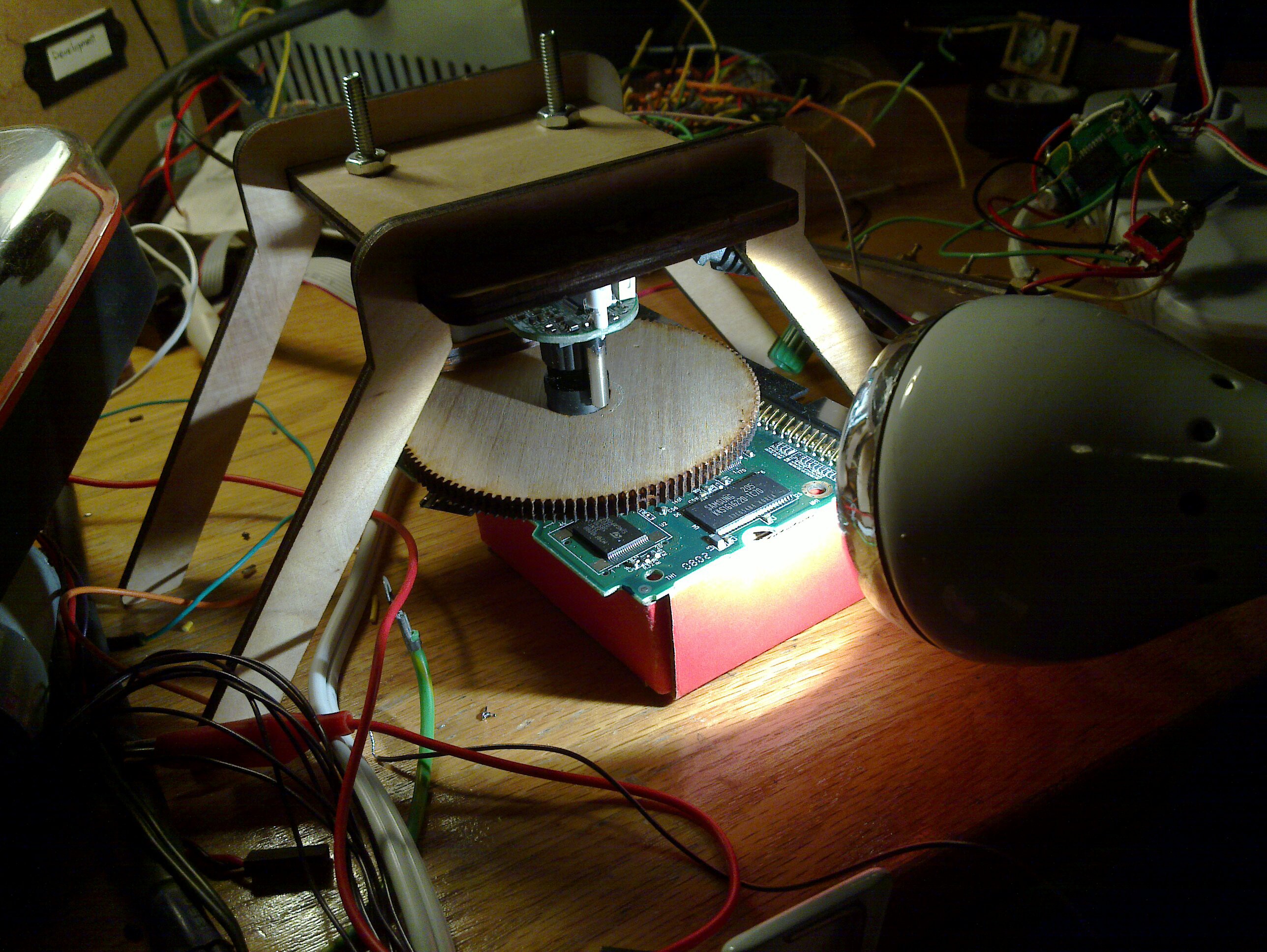

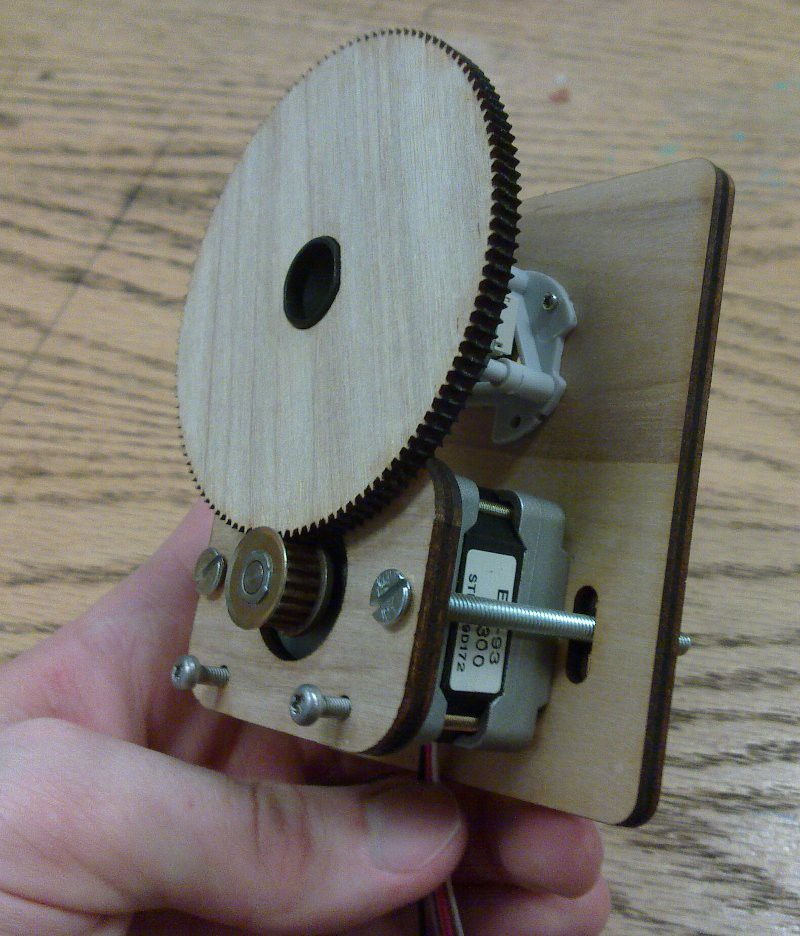
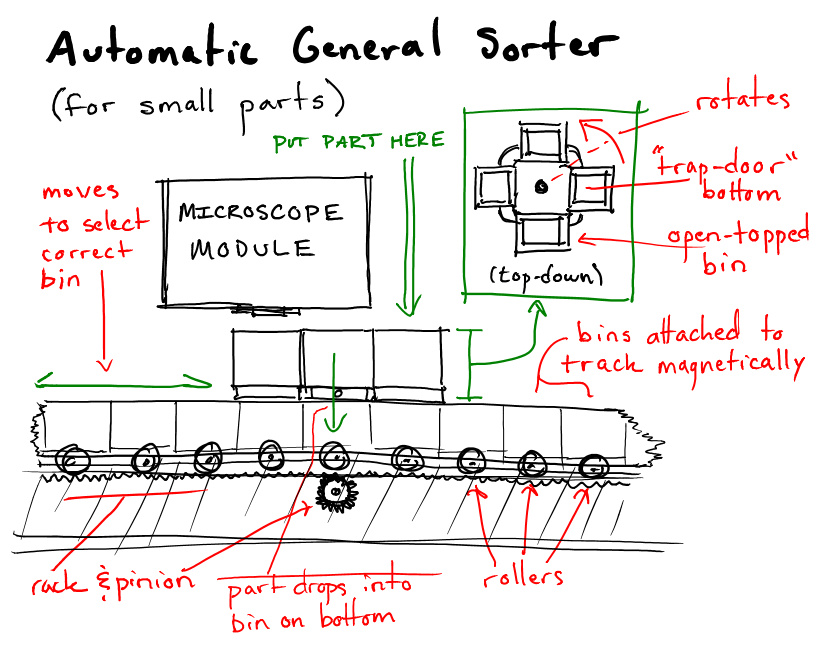
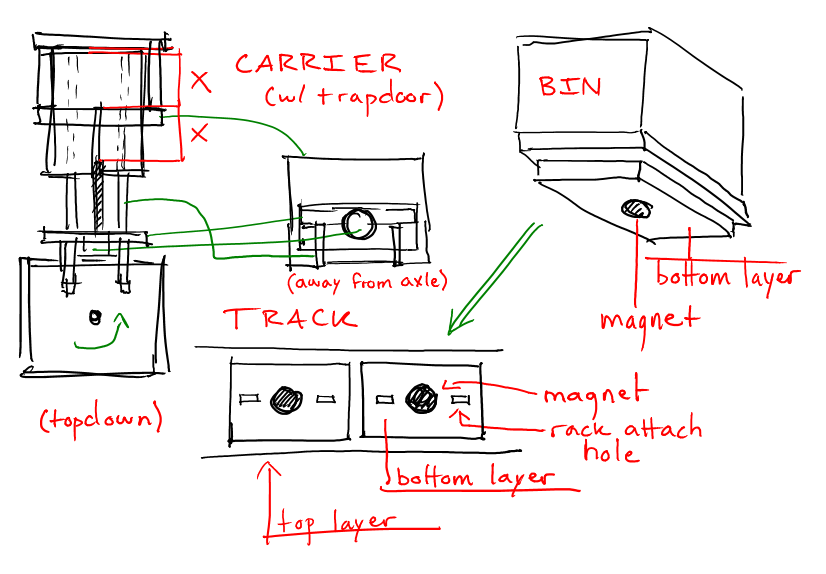
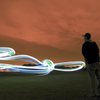

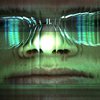

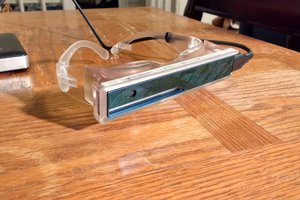
 Dan Schneider
Dan Schneider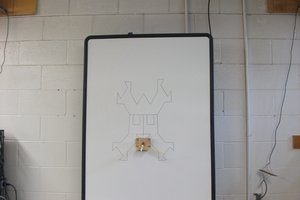
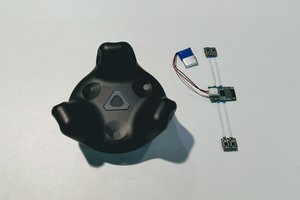
 Cedric Honnet
Cedric Honnet
 EK
EK
Love the idea, can't wait to see it mature!